
Göbekli Tepe carvings Ancient art, Ancient artifacts, Prehistoric art
Göbekli Tepe (Turkish: [ɟœbecˈli teˈpe], ' Potbelly Hill '; Kurdish: Girê Mirazan or Xirabreşkê) is a Neolithic archaeological site in the Southeastern Anatolia Region of Turkey. The settlement was inhabited from c. 9500 to at least 8000 BCE, during the Pre-Pottery Neolithic.It is famous for its large circular structures that contain massive stone pillars—the world's oldest known.
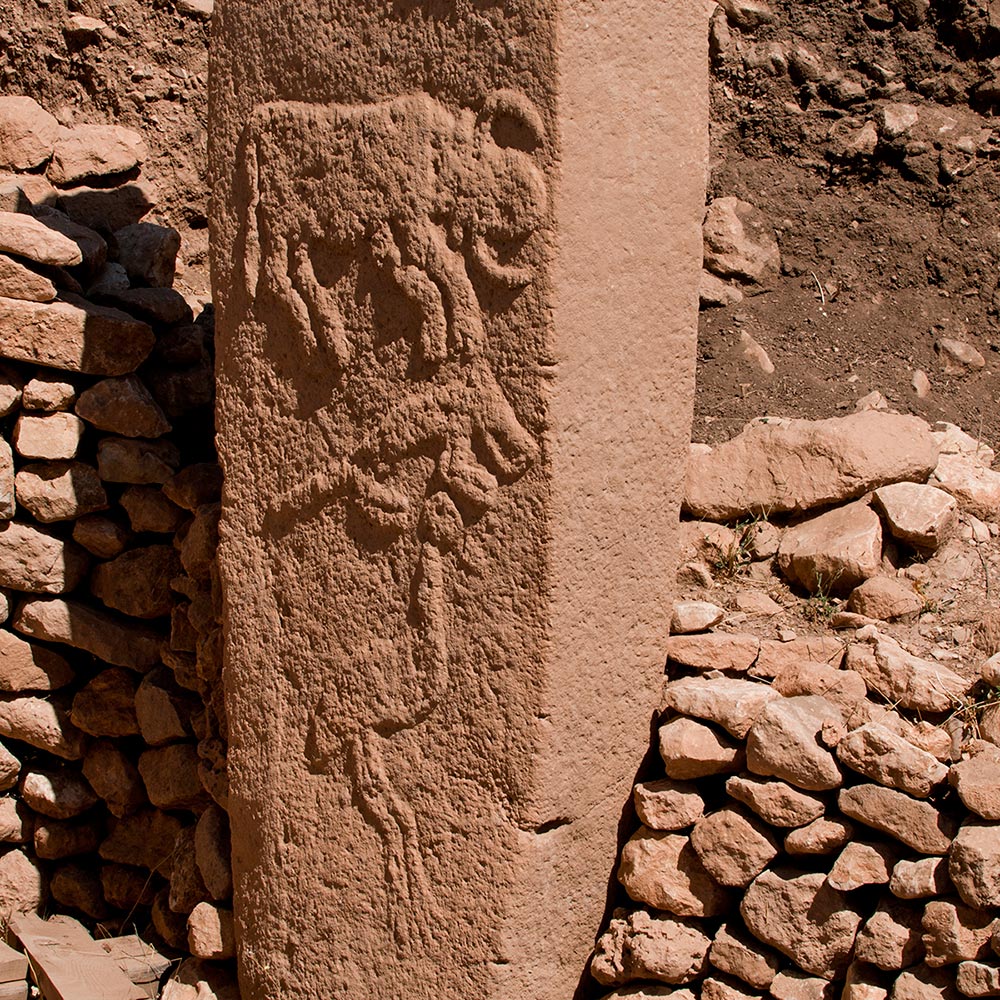
14 Patterns of Biophilic Design
Perhaps the key to understanding the site of Göbekli Tepe lies in its impressive carvings situated on the cluster of pillars (Conrad 2012). As described in my previous article (see: The Oldest Temple in the World and its Mystery), they are 'T'-shaped and decorated with strange zoomorphic imagery.The latter represent elaborate and naturalistic animal characters, both in low, high and full.
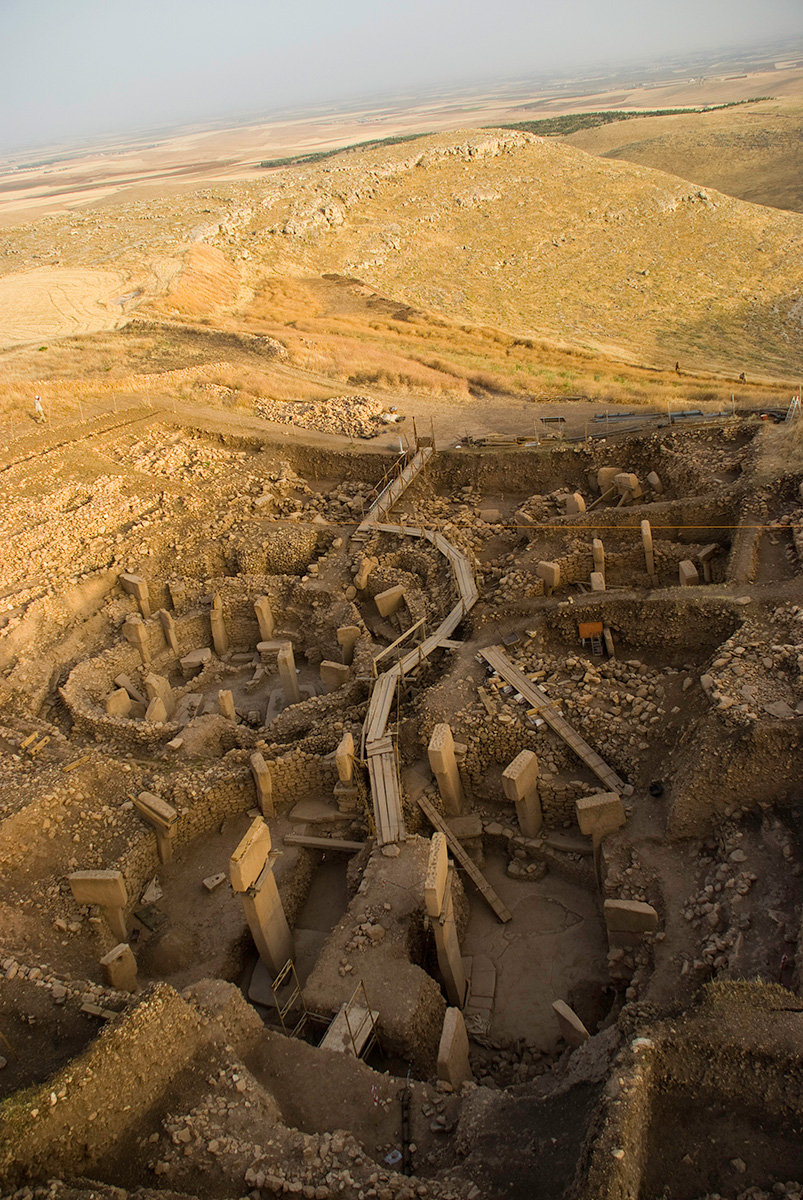
Mysterious death rituals at Göbekli Tepe
Göbekli Tepe, Neolithic site near Şanlıurfa in southeastern Turkey.The site, believed to have been a sanctuary of ritual significance, is marked by layers of carved megaliths and is estimated to date to the 9th-10th millennium bce.. At Göbekli Tepe (Turkish: "belly hill"), near the Syrian border, a number of T-shaped limestone megaliths, some of which surpass 16 feet (5 metres) in.
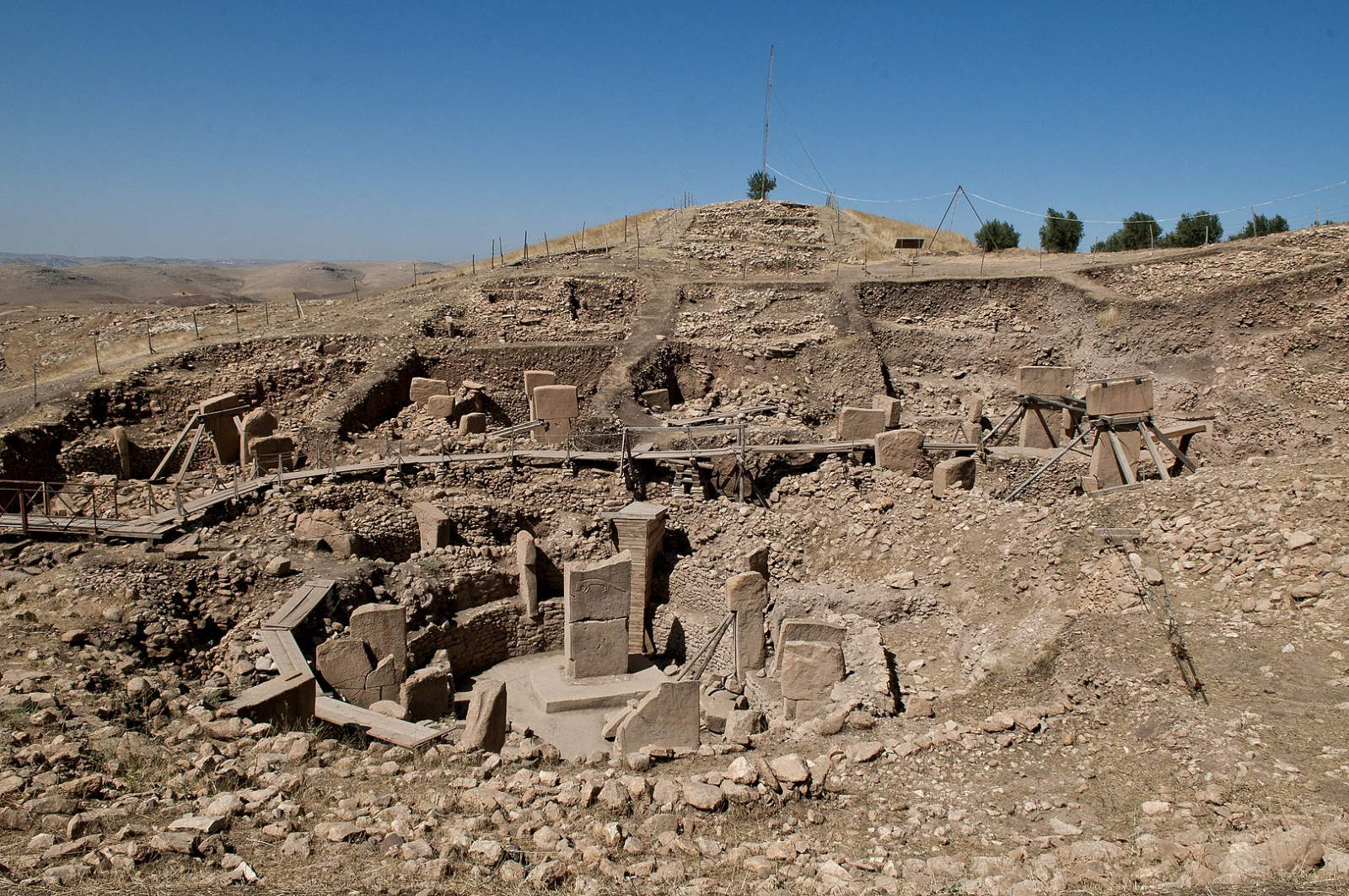
Older than Pyramids, Turkey's Göbekli Tepe is the first temple on earth
Göbekli Tepe is the world's oldest example of monumental architecture; a 'temple' built at the end of the last Ice Age, 12,000 years ago.It was discovered in 1995 CE when, just a short distance from the city of Şanliurfa in Southeast Turkey, a Kurdish shepherd noticed a number of large, embedded stones, stones which had clearly been worked - and which turned out to be the most astonishing.
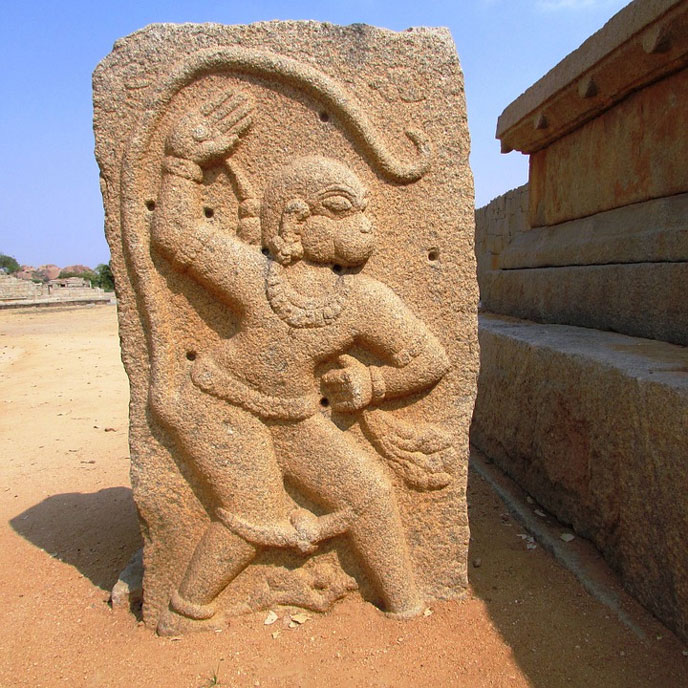
Göbekli Tepe Eden Saga english
The harrowing tale of an apocalyptic comet impact may be etched into the pillars of the earliest known temple, Göbekli Tepe in southern Turkey, erected by humans some 11,500 years ago.
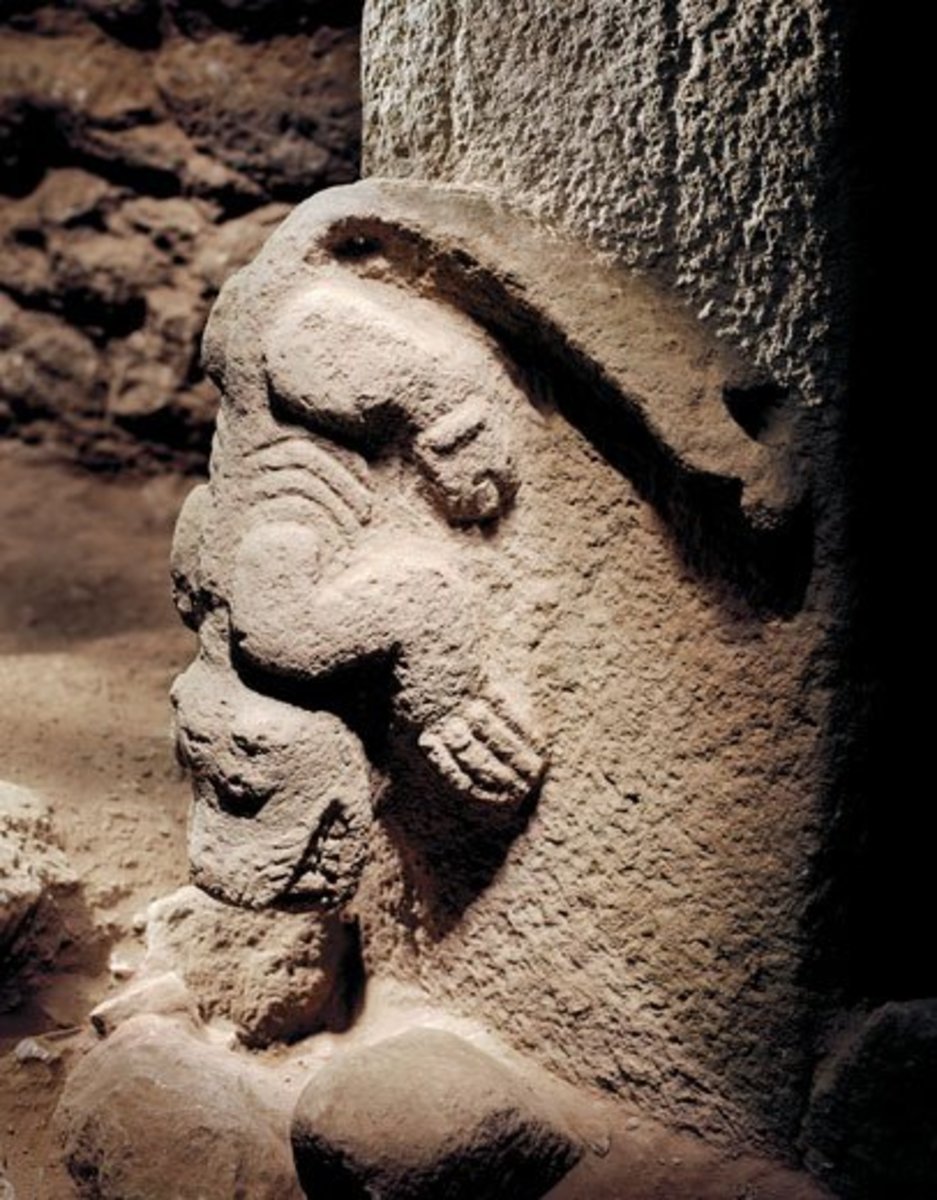
Is Gobekli Tepe Where Civilization Began? HubPages
By matching low-relief carvings on some of the pillars at Göbekli Tepe to star asterisms we find compelling evidence that the famous 'Vulture Stone' is a date stamp for 10950 BC ± 250 yrs, which.

gobekli tepe Google 検索 Göbekli tepe, Ancient civilizations, Ancient
Göbekli Tepe (c. 9500 BCE); Creator:Rolfcosar, CC BY-SA 3.0, via Wikimedia Commons The Significance of Göbekli Tepe. It is remarkable not just because it is the first example of monumental construction made by an ancient Turkish civilization, but also because it has the potential to revolutionize our knowledge of early human history.

Gobekli Tepe... toperoded monolith and carved bull (with sundisk
ŞANLIURFA, TURKEY—According to a Hurriyet Daily News report, a life-sized limestone carving of a male boar has been uncovered at the 12,000-year-old site of Göbekli Tepe, which is located in.

Gobekli Tepe stone totem., page 1 Göbekli tepe, Ancient civilizations
Hodder is fascinated that Gobekli Tepe's pillar carvings are dominated not by edible prey like deer and cattle but by menacing creatures such as lions, spiders, snakes and scorpions. "It's a scary.

the stones at Gobekli Tepe have wonderfully expressive animal carvings
One of the carvings from Göbekli Tepe. The researchers are uncertain what the skulls were used for. They speculate the bones could have been hung on sticks or cords to scare enemies, or decorated.

Gobekli Tepe is Rewriting Our Entire Understanding of Human History
The world's oldest monuments may soon get an image makeover. A new project will promote and preserve Göbekli Tepe, home to the most ancient temple structures ever discovered.. Turkey hopes to.

Making headlines Was Göbekli Tepe built by Aboriginal Australians
The Gobekli Tepe is thought to have been built around 9,000 BCE - roughly 6,000 years before Stonehenge - but the symbols on the pillar date the event to around 2,000 years before that.. The carvings were found on a pillar known as the Vulture Stone (pictured below) and show different animals in specific positions around the stone. Alistair.
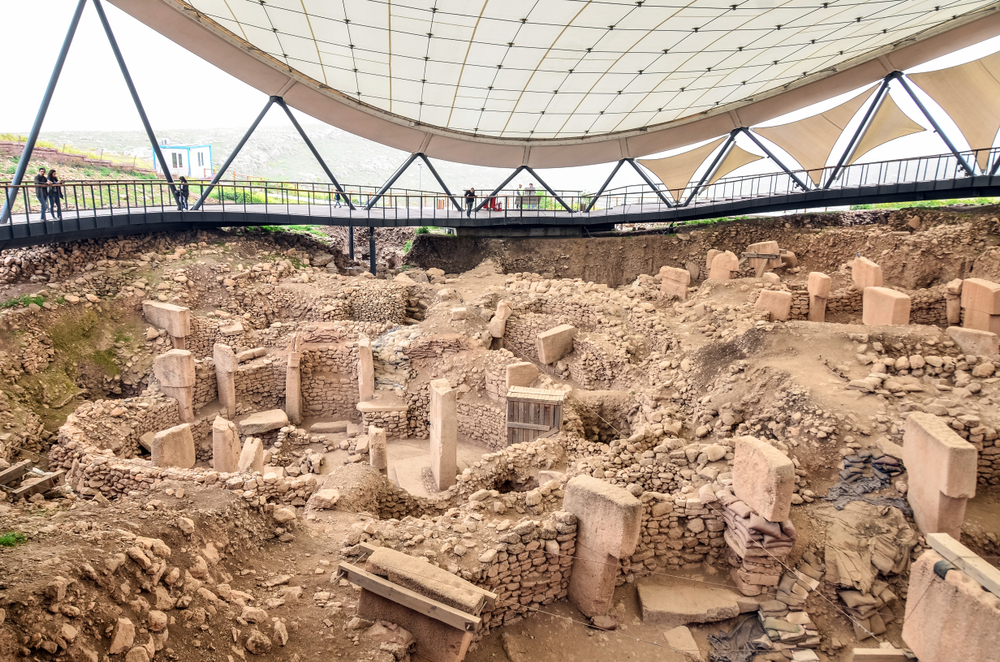
How Archaeologists Know Where to Dig Discover Magazine
Göbekli Tepe contains no evidence of having been a settlement, with the nearest water source being around 5 km away. We can conclude, then, that it was purely used for religious purposes.. This is the only example so far of a high relief carving at Göbekli Tepe. So high, in fact, that it almost looks like a statue's been glued to the.

The ‘totem pole’ from Göbekli Tepe (Copyright DAI, photo N. Becker
On a hill known as Göbekli Tepe ("Potbelly Hill") in southeastern Turkey, excavations led by Klaus Schmidt uncovered several large megalithic enclosures that date between 10,000 and 8000 B.C.E., the dawn of civilization and the Neolithic age. Each of these circular enclosures, which many have described as Turkey's "Stonehenge," consists of 10 to 12 massive stone pillars surrounding.
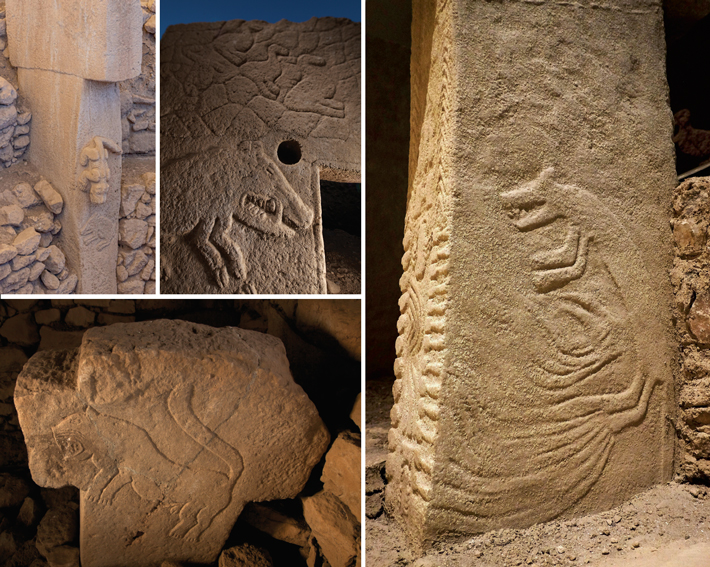
Last Stand of the HunterGatherers? Archaeology Magazine
Myths about possible dinosaur carvings at the Gobekli Tepe could have been started by creationists trying to "reinterpret any old art that's even vaguely dinosaur shaped as a dinosaur in a half-assed attempt to prove that dinosaurs aren't millions of years old and therefore 'disprove' both that the earth is more than 6,000 years old and that evolution is real," according to Shimmin.
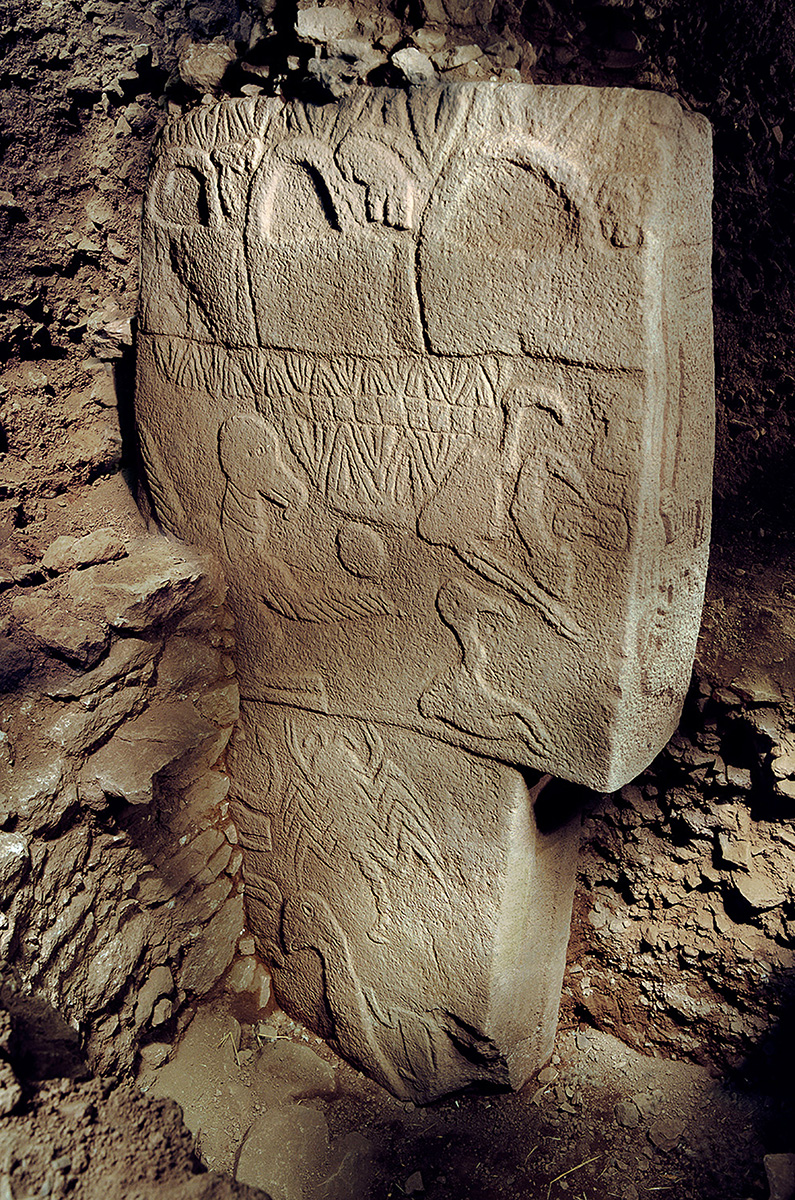
Mysterious death rituals at Göbekli Tepe
Archaeologists in Turkey have found a human head carving and phallus-shaped pillars where a parade took place 11,000 years ago.. —Photos: Tools shed light on ancient temple at Göbekli Tepe